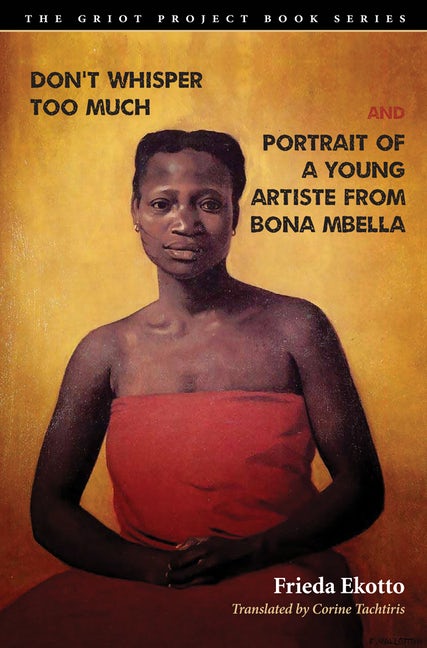As National Poetry Month comes to a close, we’re highlighting a newly-released paperback edition of The Essential Poetry of Bohdan Ihor Antonych: Ecstasies and Elegies, translated by Michael M. Naydan. Lemko-Ukrainian poet Bohdan Ihor Antonych (1909-37) is not as well-known…
Tag: translation
National Translation Month 2023 Reading List
September is National Translation Month, when we celebrate authors and the translators whose work expands access to books for new audiences, while preserving their character and content. To close out the month, we compiled a list so you can continue…
ALTA43 Virtual Exhibit
In celebration of ALTA43, Bucknell University Press has assembled a list of books that may be of interest to attendees. Bucknell is a leading publisher in the humanities with a focus on literary studies, and maintains a broad interest in…
Author profile: Emily Grosholz on translation
Emily Grosholz discusses the craft of translation and her most recent collaboration with French poet Yves Bonnefoy: Début et fin de la neige / Beginning and End of the Snow. The book, published by Bucknell University Press in 2012, includes…
